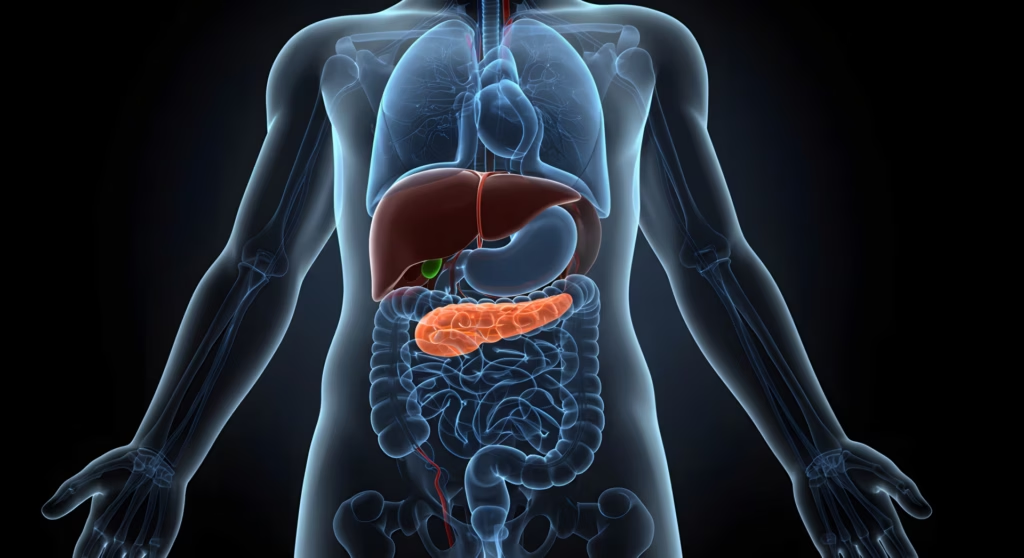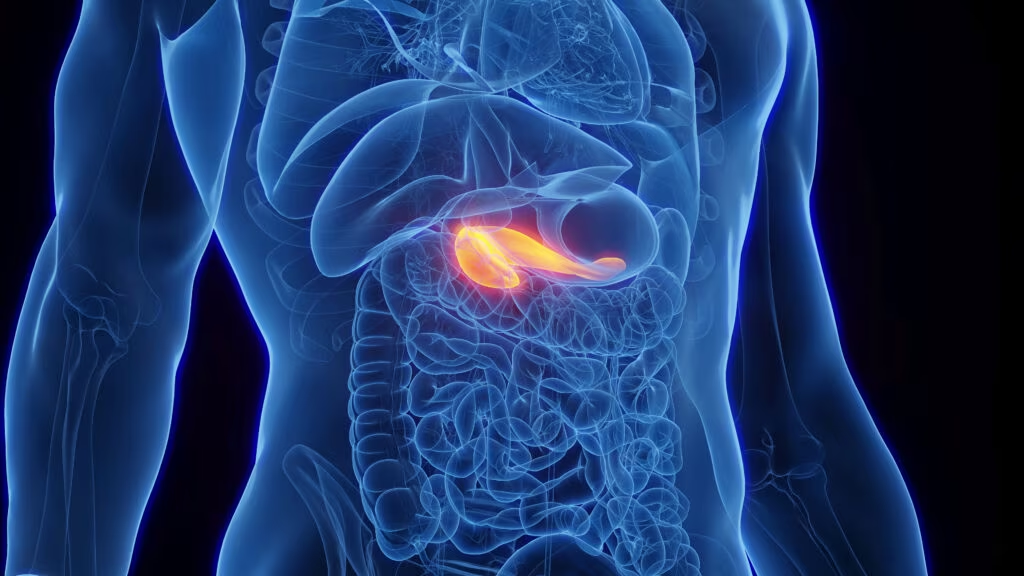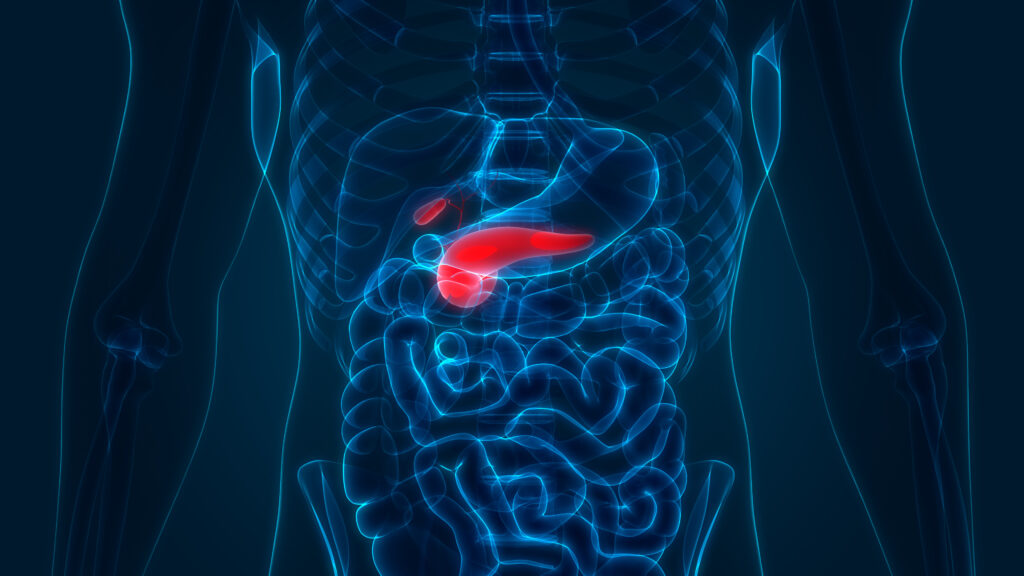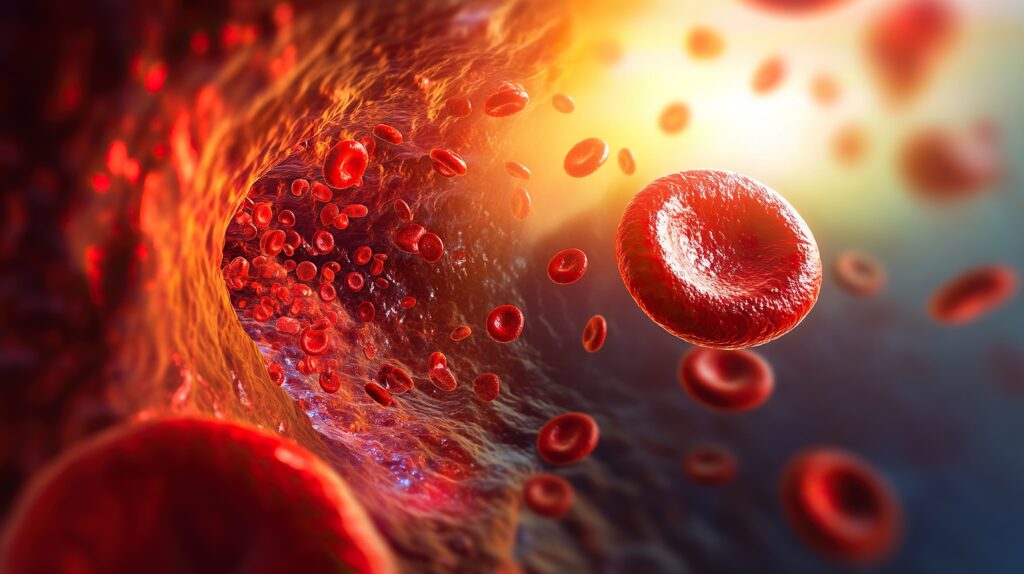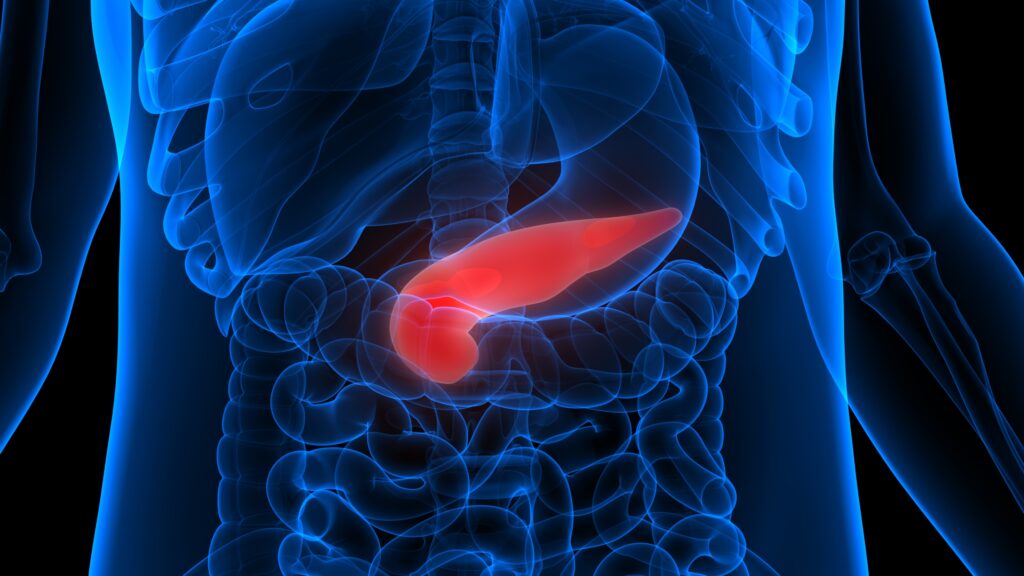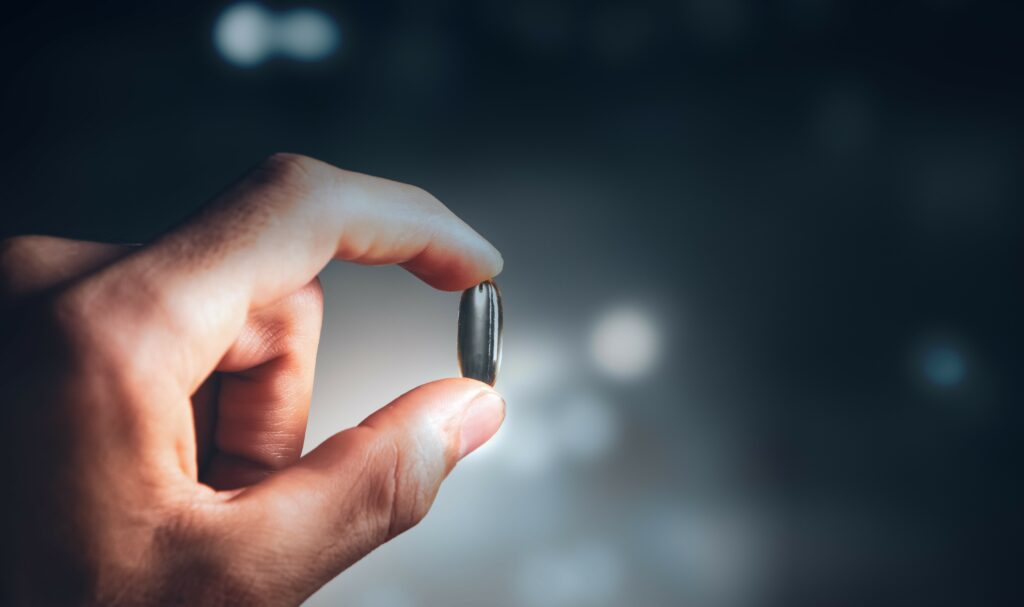Since the early 1980s, the clinical diagnosis of diabetic nephropathy (DN) has been based on the progression of albuminuria. Albumin excretion rate (AER) was categorised as normo-, micro- or macroalbuminuria based on retrospective studies of AER in type 1 diabetes prior to the introduction of angiotensin converting enzyme (ACE) inhibitors or angiotensin receptor blockers (ARBs). Microalbuminuria (or dipstick-negative albuminuria) predicted macroalbuminuria (or dipstick-positive albuminuria—i.e., overt nephropathy) in 60–80 % of patients with type 1 diabetes over intervals of 6–14 years. However, recent studies have shown that the predictive value of microalbuminuria is of the order of 30–50 % and spontaneous remission of microalbuminuria occurs in over 50 % of patients.1,2
A decline in glomerular filtration rate (GFR) was initially considered to occur only in patients with macroalbuminuria.3 Subsequent experience has shown that GFR may start to decline in subjects with type 1 diabetes at the stage of microalbuminuria.4 Furthermore, progressive decline in GFR has also been described in normoalbuminuric subjects with type 1 or type 2 diabetes.5 Using serial measurements of creatinine clearance, it was shown that approximately one-third of subjects with either type 1 or type 2 diabetes developed a decline in renal function without a corresponding increase in AER. Subsequent studies in type 2 diabetes using isotopic GFR showed that approximately one-quarter of subjects developed non-albuminuric renal insufficiency (GFR <60 ml/min/1.73 m2), after exclusion of patients treated with renin–angiotensin system (RAS) inhibitors.6 Although these studies have shown that early GFR loss is not confined to macroalbuminuric subjects, the rate of progression of GFR loss is usually more rapid in subjects with macroalbuminuria.
To view the full article in PDF or eBook formats, please click on the icons above.


